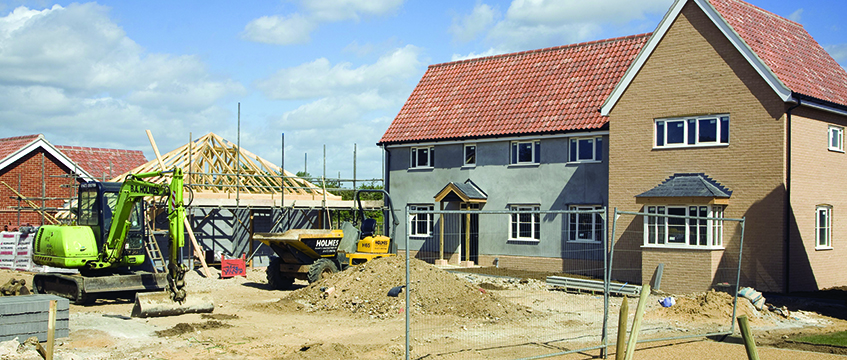Consider for a moment a future development model involving large, often complex, brownfield sites, brought forward quickly and profitably for new housing, writes Mark Allnutt.

These new homes will be delivered at scale and pace, comprising a combination of for-rent, for-sale and affordable properties to create a balanced, diverse and cohesive resident population. The for-sale homes will command a premium, coming later in the development cycle and following the delivery of the professionally managed rental homes.
A sense of place will already have emerged by this stage, thanks to investment from the build-to-rent (BTR) developer and the beginnings of a vibrant community will be visible.
Sound too good to be true? This future is a not-too-distant reality and will come about because of increasing collaboration between the BTR sector and major housebuilders. Early adopters on both sides are well on the way to overcoming any barriers to a partnership that will be beneficial to all parties.
At face value, the rental housing operator’s “build more apartments and build more quickly” approach runs counter to the “drip feed” economic delivery model followed by most housebuilders. But drill below the surface and you discover that BTR operators and housebuilders are ideal partners in several respects.
Pipeline and capacity
Housebuilders are an attractive partner for BTR operators for two obvious reasons – pipeline and capacity to deliver – but I suspect that what our sector promises in return is less clear. The starting point is to share some intelligence on our business model.
For the BTR operator, the focus is on yield and delivering an income-producing asset to hold for the long term (the housebuilder on the other hand is primarily concerned with build, sell and move on).
I don’t believe these contrasting financial models are mutually exclusive. Quite the opposite. Because BTR and housebuilder are dealing with different phases of the development cycle, there are considerable synergies in working together.
BTR developers can typically bring early capital to fund initial phases of a large-scale development – de-risking the development for the housebuilder and improving return on capital employed. As a result, major schemes with a long development timetable can be delivered in half the time.
Housebuilders will anticipate a dilutive impact on gross margin, but the reward – the de-risking of selling individual properties at, perhaps, a late stage in the cycle and improved return on capital employed – will be attractive.
Housebuilder’s criteria
For a major residential scheme, the housebuilder’s criteria for a partner should be one that is not constrained by size or access to capital; who knows how to create optimal efficiency that does not add costs to a builder; with development capability and design expertise (developing for BTR is not the same as the for-sale market).
Besides the obvious commercial and financial incentive on offer, a strategic alliance between for-sale housebuilder and rental housing developer/operator promises a significant social and economic good for local communities. Difficult sites with or without planning can be brought forward more quickly.
Communities with limited housing options – to buy and to rent – will enjoy more choice. Local business will benefit from improved infrastructure and the arrival of new customers to the area.
The arrangement is a win-win for both housebuilder and BTR operator. All it requires on both sides is an open mind, a willingness to work together, and an appreciation that the financials add up.
Mark Allnutt is managing director, UK, Greystar











